Fatehpur Sikri – The Abandoned City
- Sanjula Chanda

- Oct 2, 2018
- 2 min read
Fatehpur Sikri showcases one of the finest collections of Indian Mughal architecture and more.
Agra by building another city on a rocky ridge, just 37 kilometers (23 miles) from Agra. This was not only to celebrate his victory over the Hindu kings, but also to honour the Sufi Saint, Salim Chisti. Named Fatehabad (‘Fateh’ means victory in Persian), it later came to be known as Fatehpur Sikri.
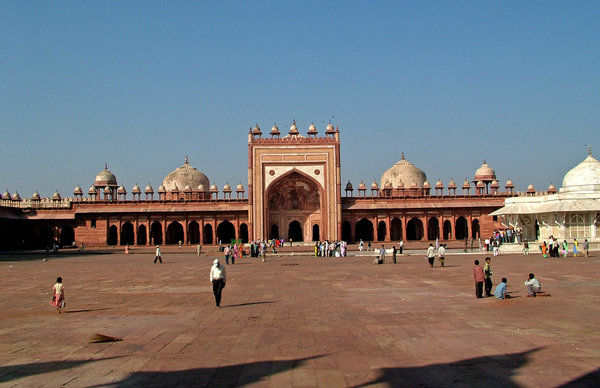
In the next 15 years, Akbar was able to raise this walled city replete with palaces, courts, private quarters, mosque, harem and other utility buildings.
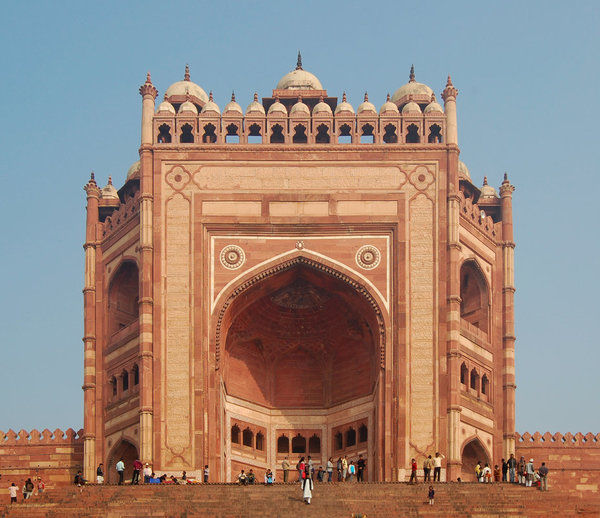
It is highly recommended to start your journey from Agra to Fatehpur Sikri, early morning in order to explore all the monuments and attractions.

Salim Chisti, a Sufi saint who lived in a cavern on a ridge at Sikri, accurately predicted the birth of Akbar’s son, who was also named Salim after him. To express his gratitude, Akbar built a mausoleum for Chisti, that today is regarded as one of the prime specimens of Indian Mughal architecture.
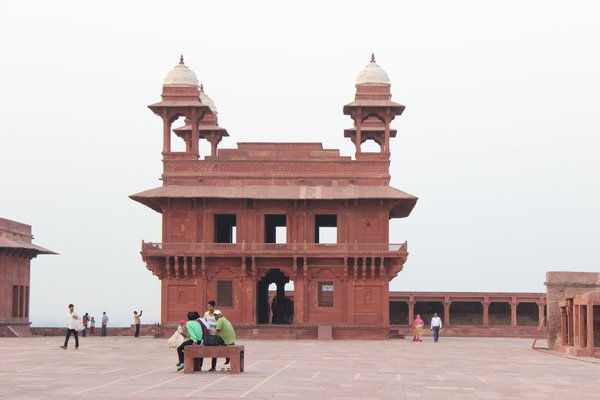
Diwan-i-Aam This Hall of Public Audience is where Akbar interacted with his subjects. It has a rectangular building with a large open space in front for the public to gather. The plain looking façade of this hall seems deliberate to tone down the ostentatious side of the royals.
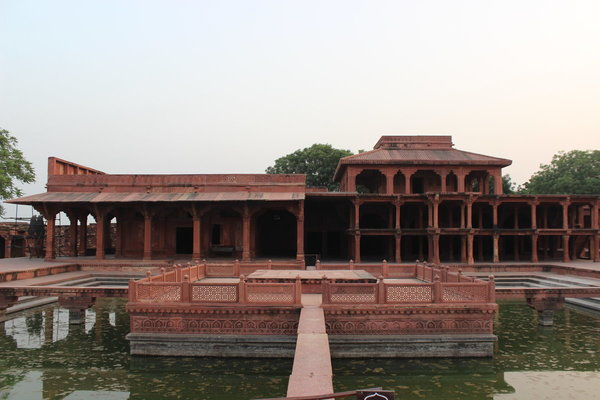
Anup Talao
This beautifully constructed ornamental pool was built by Raja Anup Singh Sikarwar.
A central platform of red sandstone stands in the middle of the pool, supported by pillars. An intricately carved balustrade encloses it. On this platform is another raised platform that served as a loveseat for the Emperor and his wife or concubines.
The platform is accessed by means of four causeways. The beauty of this pool was enhanced by filling it up with gold, silver and copper coins that glittered in the sunlight.

Panch Mahal This pyramid-shaped five-floored pillared pavilion, topped with a single large dome or chattri, was kind of the Hawa Mahal of the complex. called badgir or wind tower. Beautifully carved and adorned with ornate designs, it was meant for the pleasure of the royal ladies.
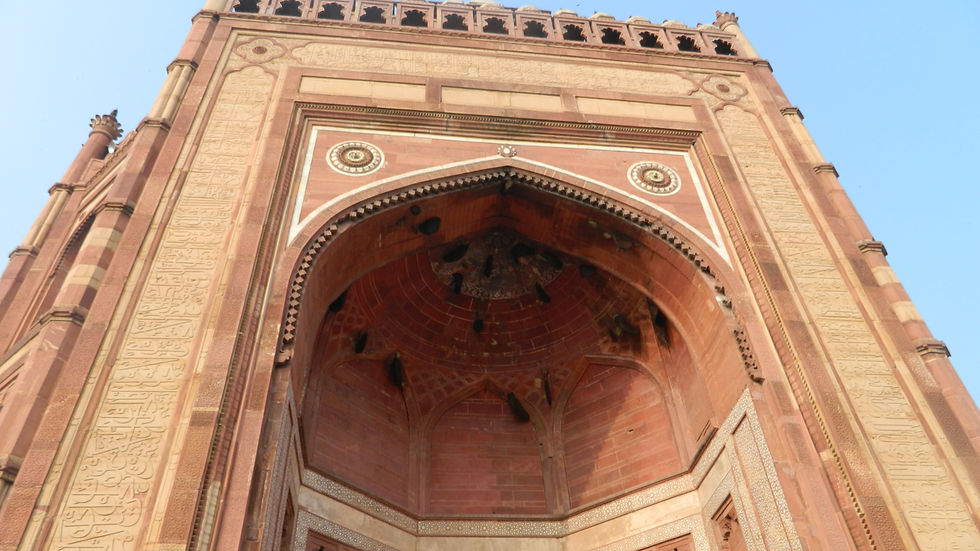
Naubat Khana
Located at the imperial entrance of the palace, this structure is also known as Naqqar Khana or Drum House. It housed the drum beaters, who announced the Emperor’s arrival by beating the drums. (It was further used by other musicians on special occasions)
Besides these are there a number of other monuments within the imperial complex such as Mariam-uz-Zamani’s Palace, Pachisi Court and the House of Birbal, Akbar’s favourite Hindu minister.
Why was it abandoned? What Akbar and his advisors failed to foresee was the limited availability of water sourced from a small, spring-fed lake. This proved woefully inadequate to sustain the city and forced Akbar to abandon it in 1585, shortly after its completion. Another reason was the increasing unrest in the Rajputana areas to the north-west that compelled Akbar to shift base to Lahore.




Comentarios